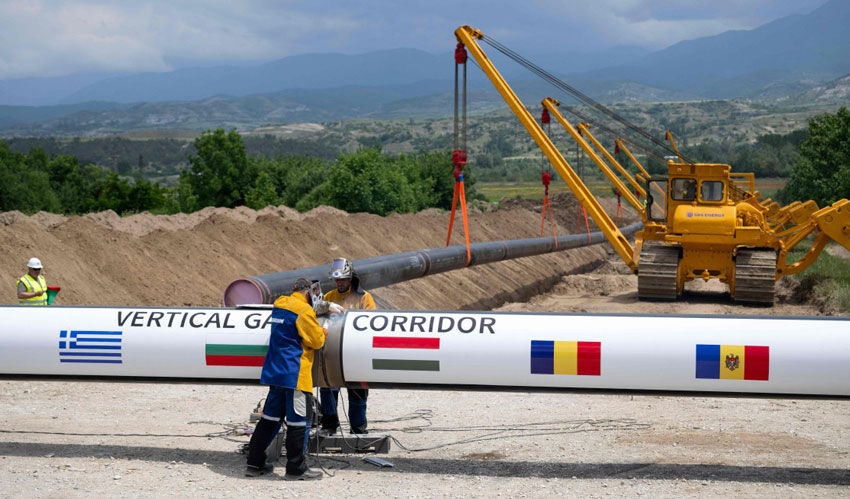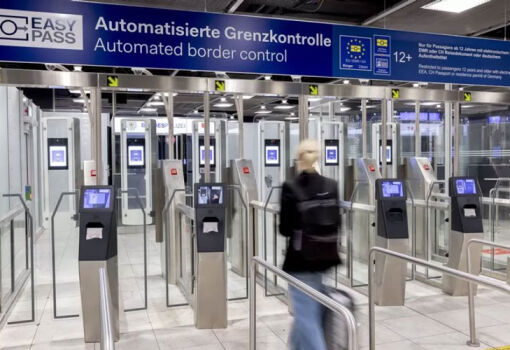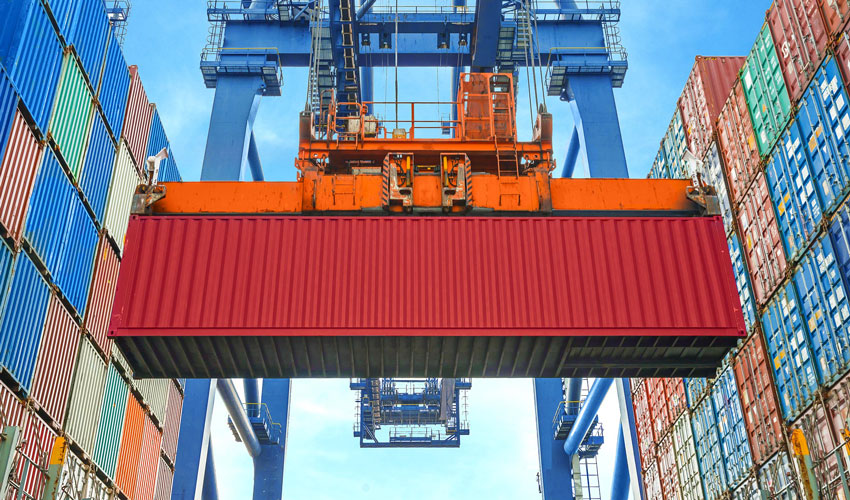
The Ministerial Meeting of the High Level Group on Energy Interconnection in the CESEC Region, held on October 26-27 in Bucharest, was dedicated to the discussion of market challenges and common solutions for the integration of regional gas and electricity infrastructure, as well as tariff policy coordination among the participating countries. Moldova was represented at the meeting by Energy Minister Dorin Jungietu.
The participants of the meeting, mediated by the European Commission, recognized the need to continue finding effective solutions for the full use of the Trans-Balkan corridor and the “Vertical Gas Corridor” Greece-Bulgaria-Romania-Moldova-Ukraine for gas supplies. “This is a vital European project designed to strengthen the countries’ energy security and ensure stability in the region,” the meeting participants stated.
However, the costliness of the route remains a key problem for the participants, so it is far from being fully utilized. In this context, Dorin Jungietu emphasized that Moldova played a key role in promoting the regional capacity product “Route 1” – a coordinated cross-border transport instrument that directs gas flows directly to Ukraine through the existing infrastructure of Greece, Bulgaria, Romania and Moldova.
To encourage the use of this route, Chisinau extended for the period from November 2025 to April 2026 a 50% reduction in transportation tariffs charged by operator Vestmoldtransgaz at the Causeni and Grebeniki interconnection points.
In total, the transmission system operators have agreed to reduce the gas transportation tariff by 25% in Greece and Bulgaria, by 50% in Romania and Moldova and by 46% in Ukraine, provided that the gas is transported through a number of dedicated points directly to underground storage facilities in Ukraine.
“Through this mechanism, we are not only supporting Ukraine in its efforts to secure gas reserves for the winter under difficult security conditions, but also creating commercial opportunities for operators in Moldova and the entire region,” the Energy Minister explained.
However, independent experts are not so optimistic about the use of this route for gas supplies to Ukraine and for stabilizing the regional market in general. As is known, the ongoing war in Ukraine has reduced its production capacity by 60%, and gas storage in underground storage facilities has become extremely risky and unreliable. Coupled with the high cost of transit, which in total costs almost a third of the cost of the fuel itself, the route is not in demand among market operators.
Therefore, as already reported Logos Press, at the recent auction on the Hungarian platform RBP the volumes of November supply through the “Vertical Gas Corridor” were bought out, providing only 3% of the necessary imports for Ukraine. Two months before that – in September and October – the route was not in demand at all.













